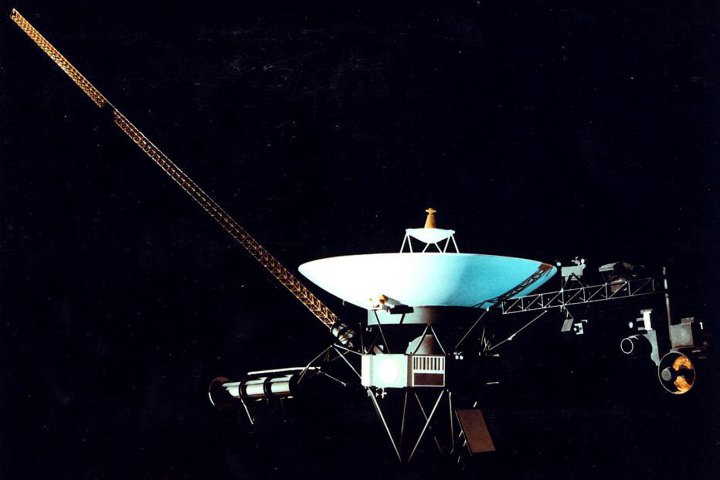
It’s been out in the fringe territories for a few years, but apparently now it’s official: Voyager I has left the Solar System. “We’re in a new region. And everything we’re measuring is different and exciting.”
Update: Belay that- NASA’s Voyager team says hold the champagne: “In December 2012, the Voyager science team reported that Voyager 1 is within a new region called ‘the magnetic highway’ where energetic particles changed dramatically. A change in the direction of the magnetic field is the last critical indicator of reaching interstellar space and that change of direction has not yet been observed.”
